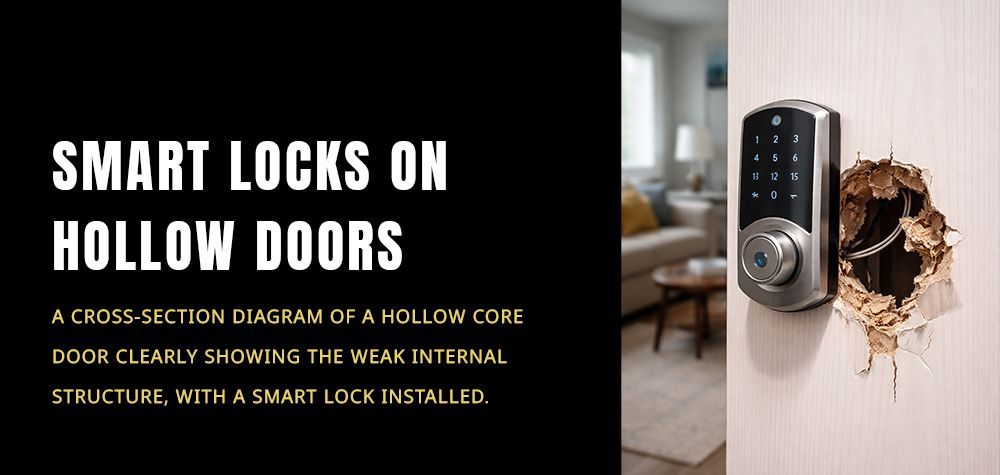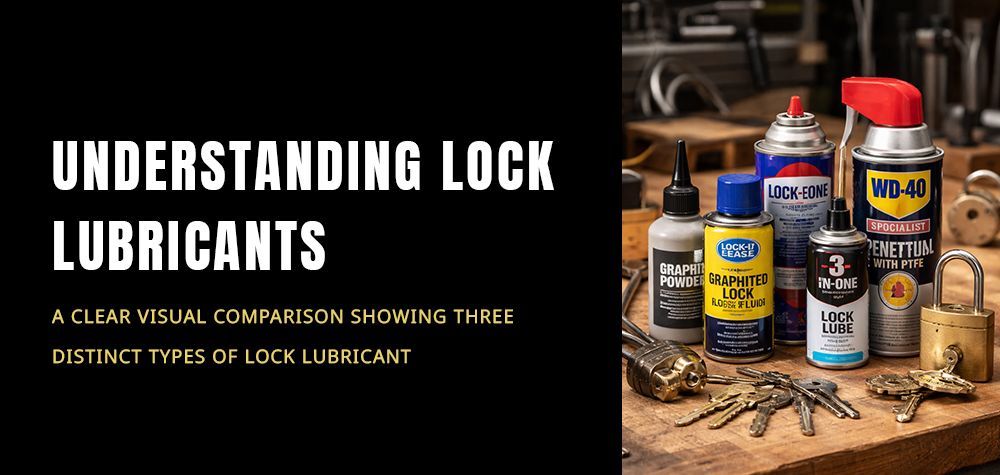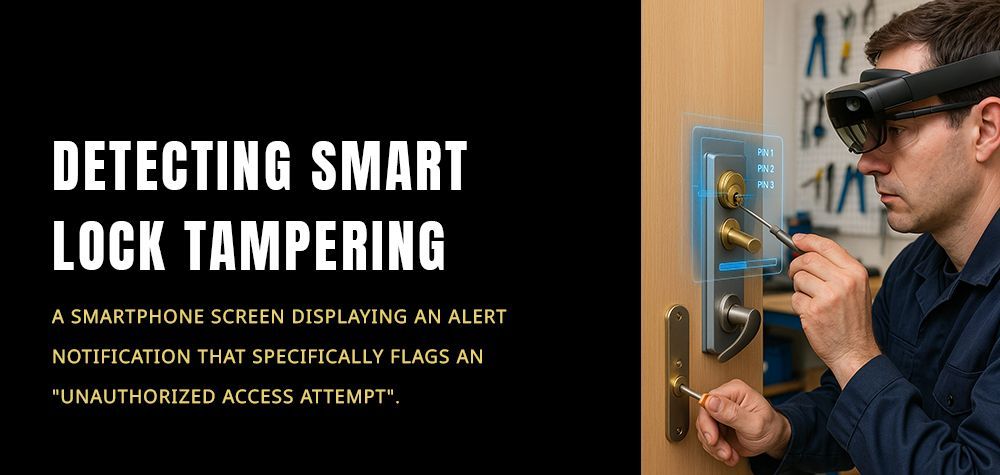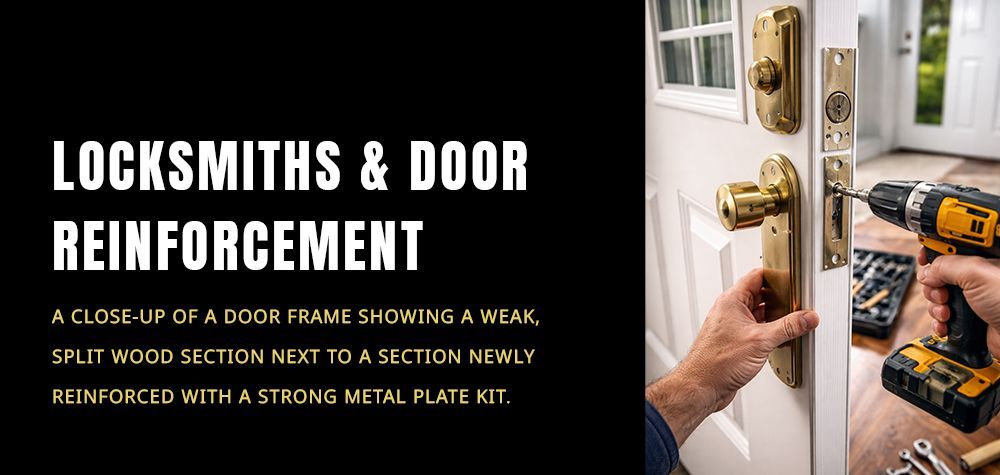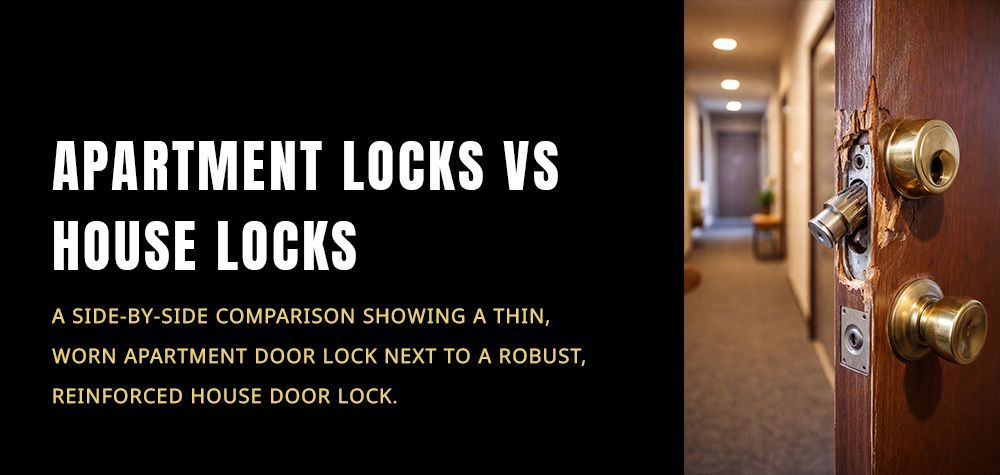Lost or Stolen Car Keys: Security Measures and Replacement Options
Losing or having your car keys stolen is undoubtedly a stressful situation, but understanding the necessary security measures and replacement options can ease the process. In this comprehensive guide, we'll explore the steps you should take when faced with lost or stolen car keys, ensuring your vehicle remains secure and offering insights into effective replacement solutions. First and foremost, if you discover that your car keys are lost or stolen, it's crucial to act swiftly to prevent unauthorized access to your vehicle.
Begin by thoroughly searching your surroundings and retracing your steps to locate the keys. If they cannot be found, consider reporting the incident to local law enforcement to safeguard against potential theft or misuse. Additionally, contact your car insurance provider to check if lost or stolen keys are covered under your policy, as this could provide financial assistance for replacement. Taking these immediate steps will help mitigate the stress of the situation and enhance the chances of a successful resolution.
Immediate Security Measures
- Report to Authorities: In the event of stolen car keys, reporting the incident to the police is a critical step in ensuring the safety and security of your vehicle. Providing law enforcement with detailed information, such as the make, model, and license plate number of your car, as well as any distinguishing features, can significantly assist in their efforts to recover the stolen keys and prevent unauthorized access to your vehicle.
- Vehicle Security Measures: Once you've reported the loss or theft of your car keys to the authorities, it's crucial to take immediate steps to secure your vehicle. If you have a spare key, use it to relocate your car to a secure location, minimizing the risk of it being targeted by thieves. For vehicles equipped with keyless entry systems, consider deactivating or changing the access codes to prevent unauthorized individuals from gaining entry.
Remote Key Deactivation
- Contact the Manufacturer: In addition to securing your vehicle independently, reaching out to your vehicle's manufacturer or dealership is a prudent step in preventing unauthorized access to your car. Many modern cars come equipped with advanced security features, and manufacturers or dealerships may have the capability to remotely deactivate lost or stolen keys. By contacting them promptly, you can inquire about the possibility of disabling the missing key, adding an extra layer of protection to your vehicle.
Replacement Options
- Spare Key Activation: Having a spare key is a valuable asset in situations where your primary key is lost or stolen. Take proactive steps by activating your spare key and making it your primary key until a replacement for the lost or stolen one is obtained. Ensure that the spare key is in good condition and functions properly. Regularly check its usability to avoid any unforeseen issues. By making your spare key the primary one, you can continue to use your vehicle without disruption while you work on securing a replacement for the lost or stolen key.
Replacement Options and Additional Security Measures
Professional Locksmith Services:
- Hire a Reputable Locksmith: To expedite the process of key replacement, consider engaging the services of a reputable locksmith with expertise in car key replacement, such as Brothers Locksmith. A skilled locksmith can offer a swift and secure solution tailored to your specific vehicle's make and model. Reputable locksmiths often have the necessary tools and knowledge to create new keys or reprogram electronic key fobs, ensuring compatibility with your car's security system. Before proceeding, it's advisable to verify the locksmith's credentials and reputation to ensure a reliable and trustworthy service.
- Key Cutting and Programming: Professional locksmiths possess the specialized tools and technical expertise required to cut and program replacement keys, catering to various key types, including transponder keys and smart keys. Transponder keys have electronic components that communicate with the car's immobilizer system, and smart keys often involve advanced technology for remote access and keyless entry.
Key Replacement with Brothers Locksmith
- State-of-the-Art Technology: Brothers Locksmith takes pride in employing state-of-the-art equipment, ensuring precision in key cutting and programming. Their advanced tools are specifically designed to meet the demands of modern car key technologies, including transponder keys and smart keys. By utilizing cutting-edge equipment, Brothers Locksmith can deliver replacement keys that not only fit seamlessly but are also programmed to be fully compatible with your vehicle's sophisticated security system.
- Mobile Services: Enjoy the convenience of mobile locksmith services offered by Brothers Locksmith, where they bring their expertise directly to your location for on-the-spot key replacement. This service eliminates the need for you to tow your vehicle to a physical location or wait for an extended period for the replacement keys. Brothers Locksmith's mobile service ensures a swift and efficient resolution to your lost or stolen key situation, allowing you to regain access to your vehicle without unnecessary delays.
Additional Security Measures:
- Change Locks or Ignition Cylinder: Enhance the security of your vehicle by considering the option of changing the locks or ignition cylinder if your keys have been stolen. This proactive measure adds an extra layer of protection, preventing the stolen keys from being used to access your car. By changing the locks or ignition cylinder, you render the stolen keys obsolete, significantly reducing the risk of unauthorized entry and potential theft.
- Install a Steering Wheel Lock: In addition to changing locks or the ignition cylinder, consider incorporating a visible deterrent, such as a steering wheel lock, to dissuade potential thieves and add an extra layer of protection to your vehicle. A visible deterrent serves as a strong deterrent by signaling to would-be thieves that your vehicle is equipped with additional security measures. This not only enhances the overall security of your car but also reduces the likelihood of it becoming a target for theft. Visible deterrents contribute to a comprehensive approach to vehicle security, reinforcing your efforts to safeguard your vehicle in the aftermath of lost or stolen keys.
Conclusion: Secure Solutions for Lost or Stolen Car Keys with Brothers Locksmith
When facing the challenge of lost or stolen car keys, taking immediate security measures and choosing the right replacement option is crucial. Brothers Locksmith offers professional and reliable services, utilizing advanced technology for precise key cutting and programming. Secure your vehicle with confidence, knowing that Brothers Locksmith prioritizes your safety and convenience.
Call Us Any Time!


